Go and Get It campaign: Where Australians want to travel as $100 million given to tourist hot spots
Aussies want to travel locally, as key tourism hot spots in every state have been given a $100 million lifeline to help get us there. SEE IF THEY ARE ON YOUR BUCKET LIST.
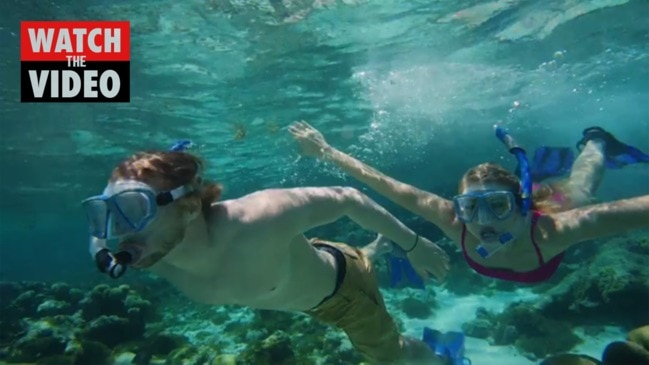
National
Don't miss out on the headlines from National. Followed categories will be added to My News.
- More Aussies travel to see our iconic retro ‘Big Things’
- Bernard Salt: Australia, do us all a favour and get out
Aussies are desperate for a break after a dud year — and they are aiming for new, different experiences in Australia itself.
With confidence and interest in domestic travel rapidly rising as summer approaches, taking some form of vacation will not only be a vital act of self-care — it will turn ordinary Australians into holiday heroes, pumping cash into our battered economy and saving the jobs of more than one million tourism industry workers.
A report by Tourism Research Australia says last year Australians spent more than $32 billion overseas as tourists. If those people directed their spending here, it concludes, even allowing for the absence of international visitors “there is potential for a domestic-led recovery”.
That message coincides with an exclusive Humaniti survey for News Corp Australia that shows renewed enthusiasm for holidays — with a definite post-Covid twist emphasising day trips, weekends away and road trips.
Fifty per cent said coronavirus has encouraged them to explore new parts of Australia instead of going overseas, while 48 per cent said the current situation has made them think about supporting Australian tourism and business.
A small but significant 12 per cent said it has made them more adventurous in their choices.
After a year that began with bushfires then moved to coronavirus, 41 per cent recognise they need a break for their emotional health with 29 per cent “desperate” for a holiday.
Only 18 per cent of those surveyed said they would not take a break over the summer. And of those planning travel, more than twice as many people are choosing “new and different” destinations over tried and tested.

Federal Tourism Minister Simon Birmingham said there was an “enormous opportunity” to harness the potential of Australians holidaying at home, which would help the 666,000 people directly employed in tourism and 370,000 people who provide goods and services to the industry.
“For those who can afford to do so, we want them to get out and support the jobs and small businesses of their fellow Australians by having whatever Aussie holiday they can,” he said.
“With international travel off the cards for the foreseeable future, I hope more Australians will discover the joys of holidaying here, potentially injecting billions back into our struggling industry.
“Instead of the beaches of Bali, it could be the beaches of Byron Bay, or instead of wine tasting in Bordeaux, it could be wine tasting in the Barossa.”
Economist Shane Oliver, from AMP Capital, said consumers initially spent money from cancelled international travel booking in shops, with retail sales up 6.9 per cent on a year ago, but were starting to direct more to domestic tourism.
“If you want to do your bit for your country, and have built up some savings, the best way to help is to spend that money you would have spent overseas on Australian tourism,” Dr Oliver said.
“A lot of people are suffering cabin fever and want to get out — obviously it has to be done on a safe basis.”
Tourist authorities take into account the fact that Australians spend less than international visitors when travelling domestically and don’t stay as long. However, Tourism Research Australia estimates about $12 billion could make its way back to the economy if Australians travel locally.

Demographer Bernard Salt said the traditional Aussie urge to travel has not been diminished by Covid-19, rather it has been “very much frustrated”.
Mr Salt said making a choice to spend money on domestic tourism was part of a “growing patriotic merit in supporting Australian businesses.”
“By spending on tourism you are pumping up tens of thousands of businesses,” he added.
Tourism Australia predicts a domestic-led recovery which begins with local cafe visits and restaurants, day trips, intrastate road trips and weekend breaks then interstate travel as borders re-open.
That is reflected in the Humaniti survey, which revealed a weighty 86 per cent of Australians feel very or quite confident about travelling within their state as restrictions loosen (48 per cent very confident, 38 per cent quite confident).
Fifty-eight per cent feel very or quite confident about travelling interstate as restrictions ease (20 per cent very, 38 per cent quite); but when it came to international travel, just 24 per cent show any level of confidence, with the rest not confident.
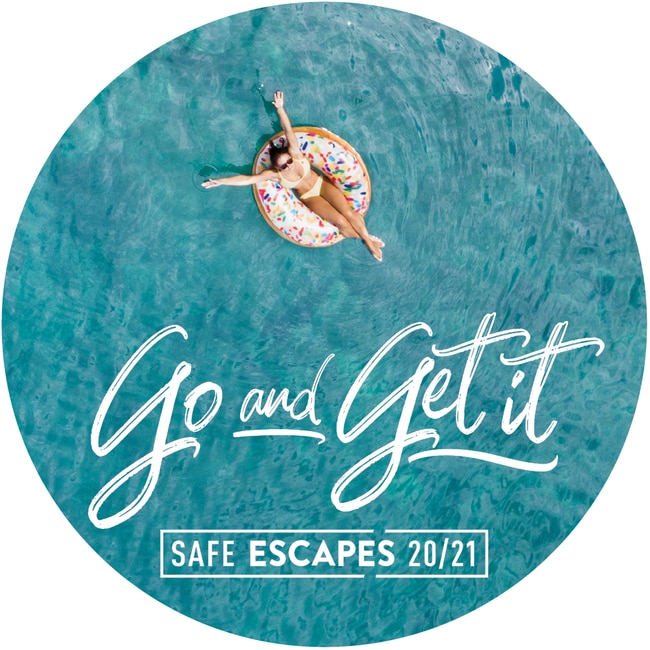
‘A ROAD TRIP IS REALLY NEEDED’
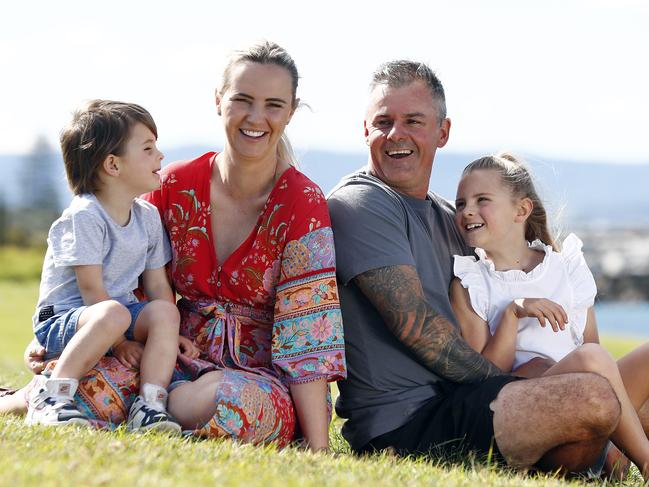
The Micallef family can’t wait to go on a road trip for the October long weekend now NSW has COVID-19 under control.
Kate and Jai Micallef and their two children Layla, 7, and Riley, 3, plan to head to Lake Conjola.
“It’s really needed. It’s not your normal everyday life at the moment and we’ve been so secluded at home,” Ms Micallef said, who is a secretary for the family’s plumbing business.
She said their destination was “close enough to drive, but far enough to relax”.
“The south coast is beautiful with its crystal waters. You can just chill out. There’s so many nice places to go on day trips. And it’s super-convenient,” she said.
Ms Micallef said the family felt safe travelling within NSW with the current COVID numbers.
“I absolutely feel confident travelling with restrictions. We’re not intimidated by the virus in NSW. We’re more happy to travel now, especially to the smaller areas,” she said.
Due to travelling restrictions, the family have been planning future trips to other destinations in the state and in Australia rather than overseas.
“When the borders start to reopen we’d love to take the kids to the Barrier Reef. We do travel overseas a lot but knowing we won’t be able to for some time we have created a bucket list,” Ms Micallef said.
“We‘re also thinking of Port Douglas and the Northern Territory.”
AUSTRALIA’S $100M LURE TO GET US MOVING
- By Annika Smethurst
Tourist hot spots in regional Australia hard hit by the coronavirus will receive a multimillion-dollar boost as part of a Federal Government plan to entice Aussies to holiday at home.
As state borders begin to reopen, News Corp Australia can reveal next month’s Budget will include $100 million to upgrade campgrounds, visitors centres and tourist attractions such as walking tracks in an effort to boost jobs in regional areas and prop-up struggling economies.
Nine tourism regions heavily reliant on international tourists will also share $50 million to spend on marketing and festivals to entice would-be international travellers to holiday at home.
The areas earmarked for cash including the NSW North Coast, Tropical North Queensland, the Whitsundays, Phillip Island in Victoria and Kangaroo Island in South Australia.
New data reveals the nine regions normally attract more than 3 million international tourists each year who spend almost $5 billion.

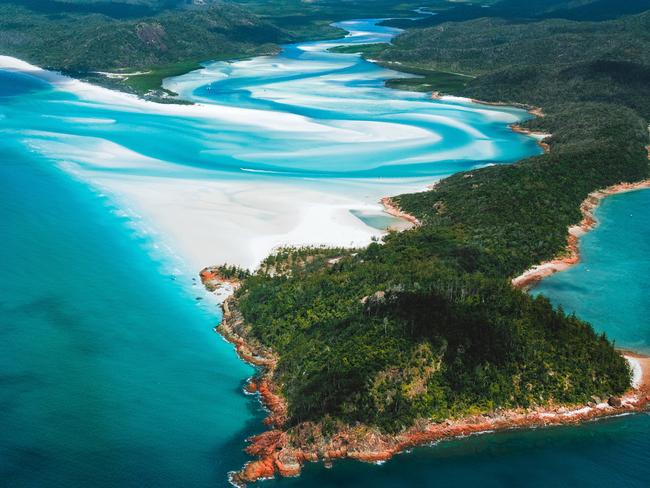
With international borders to remain closed for the rest of the year, the NSW North Coast — which attracts 375,000 international tourists annually who spend more than $250 million — will be able to use the money and help support up to 24,000 jobs in the NSW North Coast region.
Three Queensland regions — the Whitsundays, Tropical North Queensland and Gold Coast — which attract more than two million international tourists annually — will share the cash.
In Victoria, Phillip Island — which attracts 57,000 international tourists annually who spend more than $25 million — it will help support more than 4000 jobs.
In South Australia, Kangaroo Island — which usually attracts 53,000 international tourists who spend more than $50 million — will also get a slice of the funding.

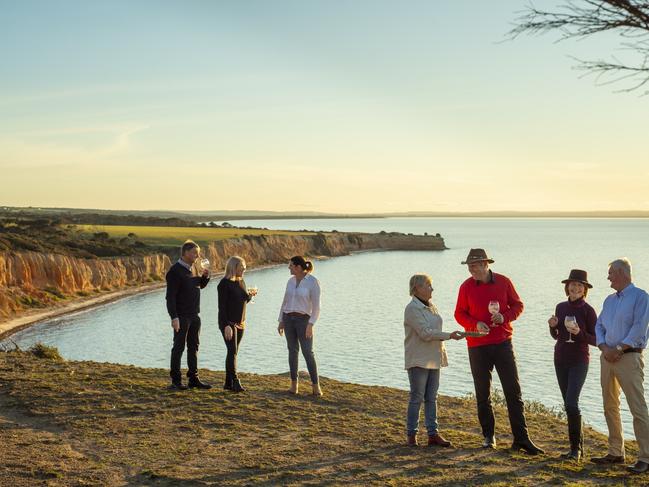
Tasmania — which usually attracts 283,000 international tourists who spend more than $500 million — will be able to use the money as well.
In the NT, Alice Springs — which normally attracts 265,000 international tourists who spend more than $240 million — will also get funding, alongside South West WA — which usually attracts 193,000 international tourists who spend more than $150 million.
An additional $100 million will also be poured into the Building Better Regions Funds for broader regional infrastructure upgrades including street scapes, shopping precincts and regional sporting facilities.
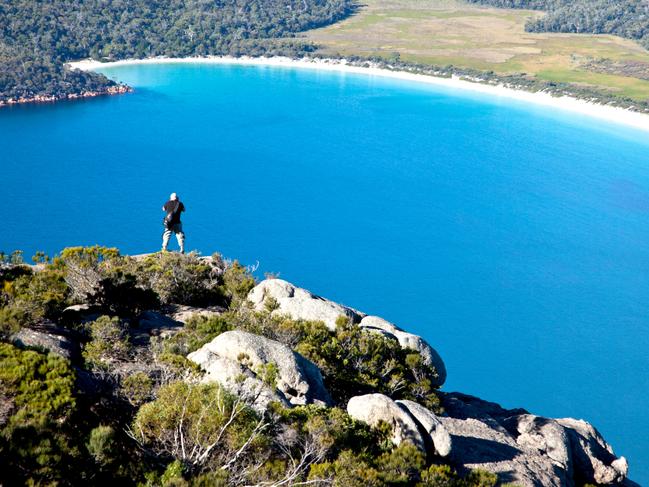

Tourism Minister Simon Birmingham said tourism hot spots had been hit hard by the COVID-19 pandemic and the Budget cash would help them attract more Australians until international borders re-open.
“Decisions to close our international borders has been critical in the fight against COVID-19, however it has meant tourism regions and operators who are reliant on international visitors continue to do it incredibly tough,” Senator Birmingham said.

“Getting more Australians travelling to places that are usually enjoyed by our international visitors will help to save the jobs and businesses of our fellow Australians.”
He said the money would also ensure popular tourism regions are in “the best possible shape” on the other side of the COVID-19 pandemic.
The $250 million package — to be unveiled on World Tourism Day — comes as Tourism Australia prepares to launch a new series of videos to show off popular holiday destinations including Uluru, Fraser Island and the Daintree.
